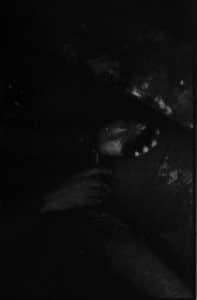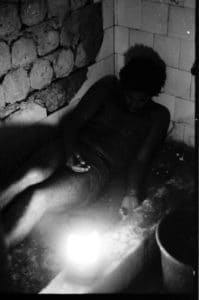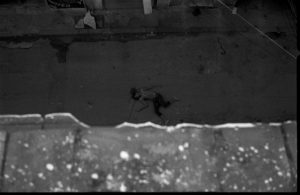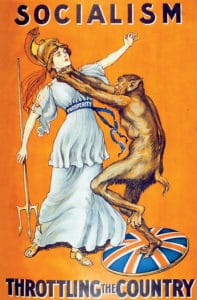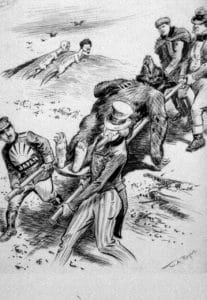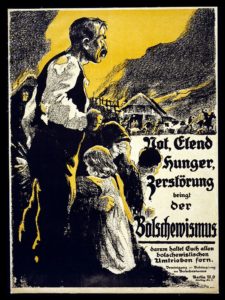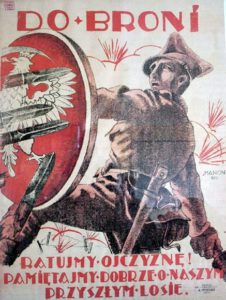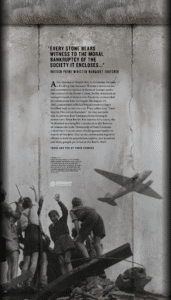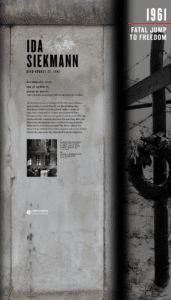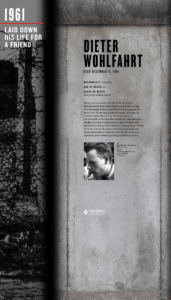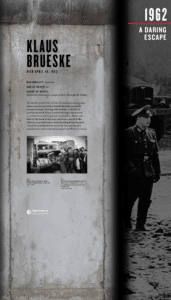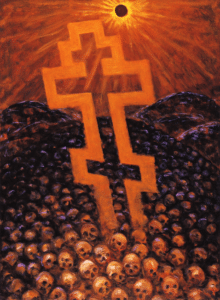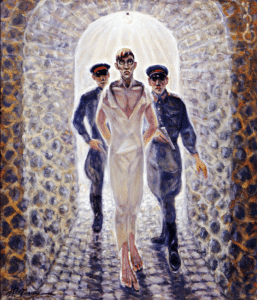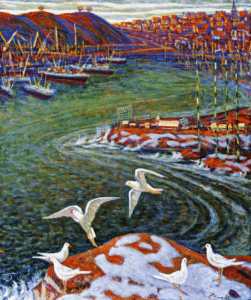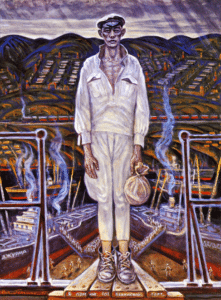THE VEIL OF SILENCE
The Cuban contemporary art exhibition “The Veil of Silence” was held at the Art Museum of the Americas of the Organization of American States from October 27th to November 15th, 2021. This exhibition was supported by the Latin American Programs office of Victims of Communism Memorial Foundation and was co-organized with Umbrella Art Foundation.
Decades of Dissent
100 million victims of communism, 10 decades of dissent. Join VOC as we bear witness to those who have stood against the destructive ideology of communism through art in our collection, “Decades of Dissent.” From interbellum Poland and post-War America, to Cold War Germany and modern-day Hong Kong, artistic expressions of dissent have been critical to combating the communist threat. Throughout the past 100 years, dissident artists wielded their pencils, pens, and brushes, often in spite of violent repression, to depict the uncomfortable truths of communism that words struggle to describe. Their works immortalize the horrors of communism in practice, the despair of its victims, and the bravery of its critics.
Though it has been thirty years since the Iron Curtain was cast open and the Berlin Wall reduced to rubble, billions of people across the world are enshrouded in the dark shadow of communism, and dissident artists remain steadfast in their pursuit of holding communism to account for the misery it has proven to sow time and time again. Now more than ever, the free world should reflect on their works, and let them inspire us to affirm our commitment to those around the world, past and present, who toil under communist oppression: that no matter the depth of the darkness surrounding them, they shall never be forgotten.
Berlin Wall Exhibit
ADVISORY: THIS CONTENT MIGHT NOT BE SUITABLE FOR ALL AGES.
On the morning of November 9, 1989, it was unthinkable that the Berlin Wall would fall that evening. For nearly three decades, the Wall had stood as a symbol of a Europe divided between communist totalitarianism and free nations.
Yet the resilience of the peoples of the Captive Nations and the courage of dissidents in the face of tyranny relentlessly chipped away at the Iron Curtain and brought about its dramatic fall. Free people everywhere celebrated the inextinguishable desire for liberty that brought about the collapse of communism in Europe and the historic reunification of Germany.
With this collection, the Victims of Communism Memorial Foundation remembers the victims, celebrates the heroes, and is dedicated to preserving freedom and democracy in the 21st century.
The Gulag Collection
ADVISORY: THIS CONTENT MIGHT NOT BE SUITABLE FOR ALL AGES.
The Gulag Collection is a unique collection of 50 paintings by Ukrainian artist and Gulag survivor Nikolai Getman, who spent eight years in Siberia and then worked for 40 years to create this stunning visual chronicle of the Gulag. “I undertook the task,” Getman explained, “because I was convinced that it was my duty to leave behind a testimony to the fate of millions of prisoners who died and who should not be forgotten.”
Born in Kharkov, Ukraine, in December 1917, Nikolai Getman began drawing at an early age and became a professional artist after graduating from the Kharkov Art College. He served with the Red Army in the Second World War and saw military action. Following his discharge in October 1945, Getman was with other artists when one of them drew a mocking picture of Stalin on a piece of cigarette paper. The whole group was quickly arrested for anti-Soviet propaganda and agitation. Getman was sentenced under Article 58 of the Criminal Code to ten years’ imprisonment and five years’ suppression of civil rights. He spent eight years in one of the most notorious camps of the Gulag, Kolyma, located in the Russian Far East. He was finally freed in August 1953.
From the day he was released, Getman began painting a series of pictures from memory about life and death in the Gulag. Because the Gulag was a forbidden topic, even under Stalin’s successors, he had to work in secret, telling no one what he was doing, not even his wife. It was not until 1993 that the paintings were publicly exhibited in Russia. After a long illness, Nikolai Getman died in Russia in 2004, at the age of 86, but his haunting pictures of the Gulag Archipelago, the biggest and most deadly prison in the history of man, remain with us.

